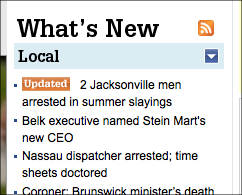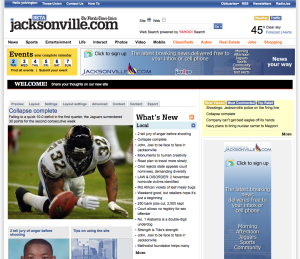Lee Enterprises: A poster child for the ownership crisis
Submitted by yelvington on January 5, 2009 - 8:24amNewspapers face three different, but interrelated, economic challenges.
One is the technology-driven restructuring of the news business, in which the Internet is a major force that is disintegrating the traditional product model. That's a very real long-term process. It's not the biggest immediate source of trouble, but it's a factor.


